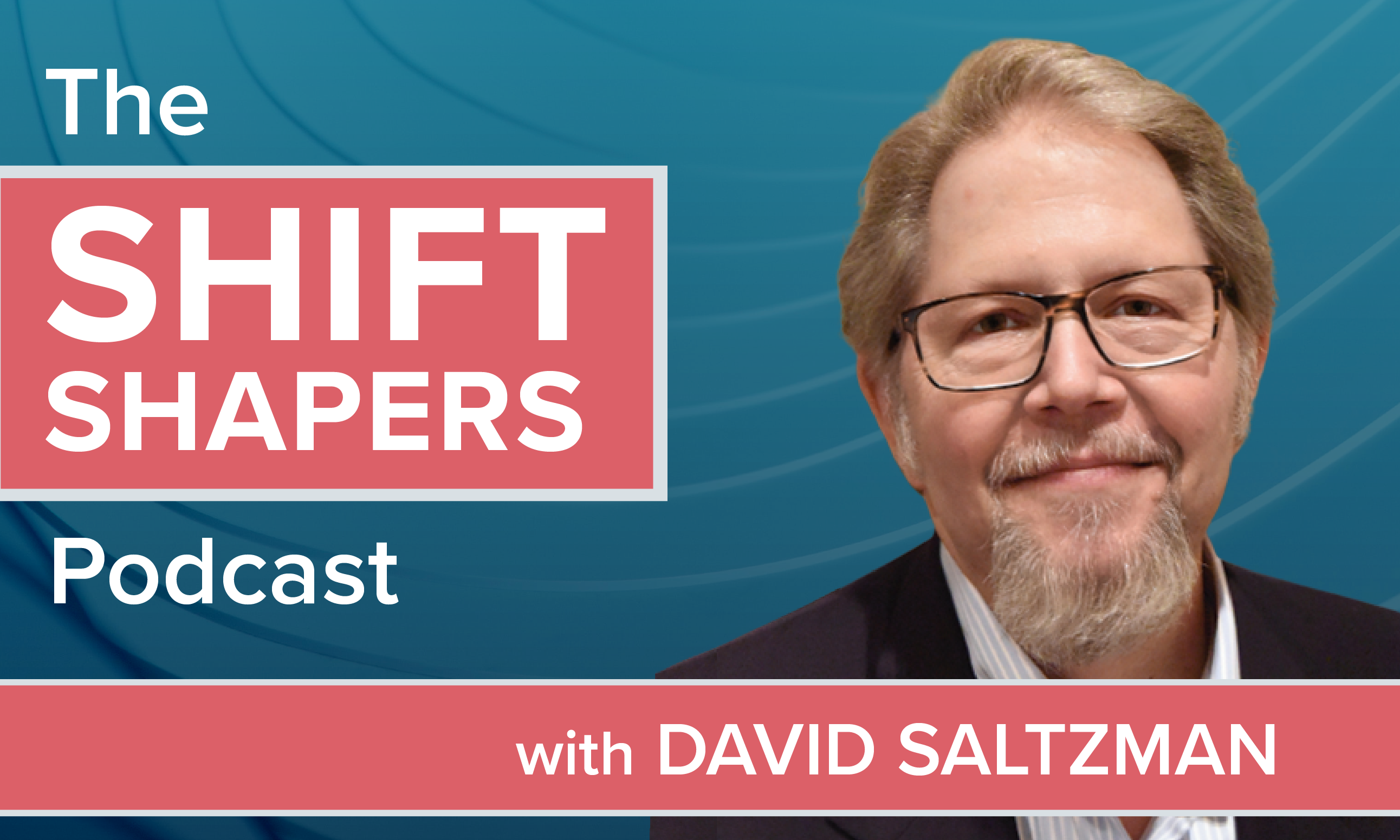In years past, it was hard to convince senior executives andmanagers that artificial intelligence had the sophistication andflexibility to handle anything beyond routine tasks. Today,automation technology is being incorporated to streamline a rangeof internal business processes and provide increasingly refinedbusiness insights. Companies are using it to improve everythingfrom customer relationship management to managing inventory. Infact, it has advanced well beyond “process” automation tohigher-level problem solving and critical thinking, affectingentire categories of jobs, from bank tellers and telemarketers tonews writers and radiologists.
|But as more organizations apply automation and artificialintelligence technology to these high-level business functions andjobs, HR is among the last hold outs. This is understandable. Noone knows better than HR the threat machines pose to the jobs ofthe people they manage and to the core of what they do: usejudgment and expertise to engage, evaluate and hire the besttalent.
|As this article will show, smart hiring automation can deliver anumber of significant benefits, offering more rigorous, objectiveand systematic evaluation, and providing hiring managers with morepredictive insight into each candidate's fit and potential. Thechallenge is to show HR how this technology can improve and augmentwhat they do, and to make sure that they understand the competitivedisadvantages of neglecting to embrace it as their competitors useit to more precisely and effectively find and hire top talent.
|More organizations understand that AI is a train that's leavingthe station; at some point, HR administrators will need to bebrought onboard, or risk being left behind as other organizationsout-maneuver them in bringing on the best talent. The maturity ofsmart hiring automation and its demonstrable advantages overtraditional hiring processes gives tech-savvy brokers anopportunity to play a pivotal role in helping move HR and theirtalent acquisition efforts in this direction.
|Taking the leap
|Many companies have embraced web-based screening and applicanttracking technologies for a host of clear and compelling reasons,including:
job seekers can apply from anywhere and at anytime
data entry is simplified and mistakes reduced
candidate information is easily managed, organized andsearched
Adding smart automation—or artificial intelligence—turns theprocess from resume collection and parsing to real-time assessmentswhere no two job candidates are asked the same questions. Smartautomation is based on adaptive questioning and “branching logic”for naturalistic interviews. Such a platform can also allow for theintegration of appropriate simulations, videos, and applicationforms.
|Using smart hiring automation, managers can configure theplatform for specific positions and hiring criteria (from real-timeassessments required of core manufacturing jobs, to culture fit).Job applicants are able to enter the system without a resume, anddemonstrate their skills, aptitudes and attitudes in real time,from any device. Applicants are “assembled” in rank order,providing hiring managers with thoroughly vetted candidates readyfor the final interview. Processes and evaluations can becontinuously refined, as each question/answer becomes a data point,improving the quality of hire (QofH) and predictive analytics.
|Validating ROI of smart hiring automation
|As HR costs continue to increase, and with more time spent onadministration and service, an automated solution that integratesscreening and assessment delivers meaningful cost and timessavings, as well as other significant, quantifiable returns:
|Reduces administrative overhead. Compared to maintainingresumes (most of which are either outdated or off-the-market by thetime an opening occurs), a fluid candidate evaluation process thatprovides “just in time” position-to-candidate matching is faster,more convenient for all parties, and more accurate. Moreover,deferring employer intervention to a later stage frees up valuabletime and resources that can now be spent on more strategic HRfunctions.
|Increases cost-effectiveness. The cost of assessmentstoday is much lower, partly because automation has been applied tothe development and validation efforts, which were previouslyperformed manually by industrial psychologists. Mechanisms for theadministration of assessments make them more convenient for bothemployer and candidate, and faster to score. Automating assessmentsincreases efficiencies—and lowers associated costs—further byreducing the need for dedicated professionals and eliminating thebottlenecks manual assessments introduce.
|Reduces time to hire. Reducing a process that normallyspans six to eight weeks to an unattended 15 to 30 minuteexperience has obvious advantages. Not so obvious are theadvantages of quickly processing ideal candidates and hiring thembefore competing employers even receive a resume.
|Improves quality of hire. Companies basing the initialcandidate interaction on a resume learn only what the candidatewants them to know. Smart hiring automation enables you to includejob-specific questions, real-time assessments, and simulations,providing a more realistic preview of job performance.Organizations can look beyond resumes and skill sets to identifythe characteristics and behaviors that will indicate whether acandidate will succeed in that environment. Having this level ofinsight ultimately improves the quality of new hires.
|Establishes gold standard of excellence. The behavioralassessment tools embedded in this model can help employers identifyand define the qualities of a successful employee and use thatinformation to construct preformatted interviews that screen andrank candidates based on their responses. In short, the modelprovides employers with a system to set standards for excellenceand optimize its quality of hires by producing repeatable resultsacross the organization.
|Assesses broad competencies and specific job-relatedskills. The model's interactive assessment capabilities allowsemployers to ask informed, job-specific questions (i.e., computerprogramming, accounting principles) that will identify thoseapplicants who can demonstrate the practical application oftheir skills, knowledge, and experience. A resume may “tell” anemployer what the candidate wants her to know, but an interactiveassessment shows her what the candidate can do.
|Presents the employer with an entirely new pool ofcandidates: the other 80 percent of the workforce who do not havecurrent resumes. A majority of employers have neither the timenor resources to otherwise tap into this pool because they arerequiring resumes as a prerequisite to applying. Up to now, therewas no way to consider a candidate without a resume, so this hugepool was ignored and employers competed with one another for theremaining 20 percent of the market with resumes. Direct, job- andculture-specific questioning yields more targeted information thaneven a resume would.
|Conclusion
|In “Thinking, Fast and Slow,” Daniel Kahneman related anunexpected lesson he drew from his experience designing anassessment for the Israeli armed forces: “I have never forgotten:Intuition adds value even in the justly derided selectioninterview, but only after a disciplined collection of objectiveinformation and disciplined scoring of separate traits.” Smarthiring automation allows organizations to:
bring objectivity and scientific rigor to assessment
standardize best hiring practices
source better candidates
deliver their company's unique employment branding message
enable candidates to demonstrate their ability to demonstrateskills and decision-making via job-specific simulations
rank order candidates based on skills and culture fit
Smart hiring automation offers a rare combination of speed,precision and adaptability—essential for companies competing fortalent in the fast-paced, highly fluid “new economy.” Thetechnology is here, it's ready … but is HR ready? The disconnectbetween HR and this technology is due to the persistent concernthat it encroaches on their expertise. There's also lingering doubtwhether machines are truly capable of making what are considered tobe “people decisions.” Tech-savvy brokers are well-positioned toallay these concerns and work with HR to better understand how theycan use this technology to demonstrably refine and improve theirability to hire and retain top talent. In other words, demystifyit, remove it as a threat, and position it as a tool that supportstheir work and makes them better at what they do.
|Garry Kasparov, perhaps the greatest chess player of all time,speaks widely about AI, and says this about the resistance manypeople still have to it: “The future belongs to human and computercooperation. Man plus machine decision making. Don't fearintelligent machines. Work with them. We must face our fears if wewant to get the most out of technology—and we must conquer thosefears if we want to get the best out of humanity.”
|Kasparov succinctly captures the value proposition for smartautomation in a way that even HR might find hard to resist.
Complete your profile to continue reading and get FREE access to BenefitsPRO, part of your ALM digital membership.
Your access to unlimited BenefitsPRO content isn’t changing.
Once you are an ALM digital member, you’ll receive:
- Critical BenefitsPRO information including cutting edge post-reform success strategies, access to educational webcasts and videos, resources from industry leaders, and informative Newsletters.
- Exclusive discounts on ALM, BenefitsPRO magazine and BenefitsPRO.com events
- Access to other award-winning ALM websites including ThinkAdvisor.com and Law.com
Already have an account? Sign In
© 2024 ALM Global, LLC, All Rights Reserved. Request academic re-use from www.copyright.com. All other uses, submit a request to [email protected]. For more information visit Asset & Logo Licensing.








